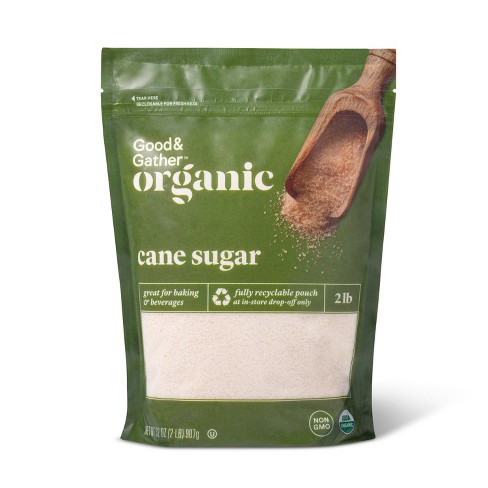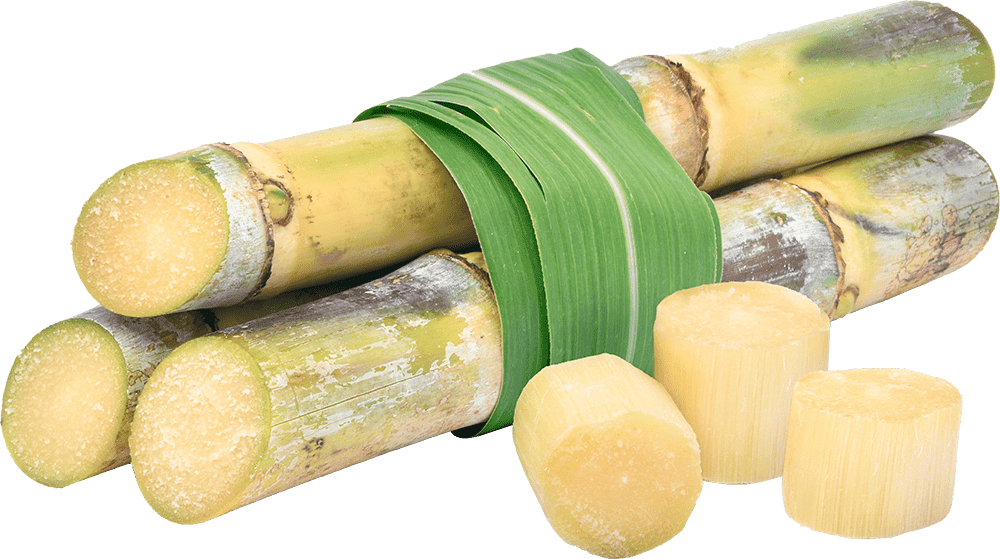Reliable Cane Sugar Processing: Optimizing Yield and Pureness
Reliable Cane Sugar Processing: Optimizing Yield and Pureness
Blog Article
An In-Depth Overview to the Ecological Impact and Sustainability Practices in Cane Sugar Handling
The ecological effect of cane sugar handling offers an intricate array of difficulties that warrant careful evaluation. From dirt deterioration and extreme water use to the carbon impact associated with cultivation and production, the repercussions of conventional practices are far-ranging. In contrast, the adoption of ingenious sustainability actions provides a path towards a lot more responsible manufacturing techniques. Comprehending the interplay in between these issues is essential for stakeholders in the sector. What details techniques can be implemented to strike an equilibrium between performance and environmental stewardship? The answers hinge on a more detailed take a look at both the difficulties and potential services.
Introduction of Walking Cane Sugar Processing
Cane sugar processing includes a collection of organized actions that transform sugarcane right into polished sugar. Originally, gathered sugarcane is delivered to processing facilities, where it goes through cleaning to remove dirt and particles. Following this, the cane is crushed to remove juice, which is then cleared up by getting rid of impurities via heating and the enhancement of lime.
The made clear juice undertakes evaporation, where water is gotten rid of to concentrate the sugar material. These crystals are divided from the staying syrup using centrifugation, resulting in raw sugar.
The end product is after that dried and packaged for circulation. Throughout this whole procedure, keeping efficiency and quality assurance is important to ensure the sugar fulfills market standards. Each action in cane sugar handling not just contributes to the end product yet also has ramifications for resource usage and waste generation, setting the stage for conversations on sustainability and environmental effects connected with sugar manufacturing.
Environmental Obstacles of Production
The production of walking cane sugar presents numerous considerable ecological difficulties that warrant interest. One primary problem is the considerable use agrochemicals, including plant foods and chemicals, which can bring about soil deterioration, biodiversity loss, and contamination of neighborhood water resources. The runoff from sugarcane fields often lugs these chemicals right into close-by environments, interrupting water life and influencing the wellness of areas reliant on these water bodies.
Another difficulty is the high energy usage associated with sugarcane processing. The boiling and refining phases call for considerable heat, mostly produced by melting nonrenewable fuel sources, contributing to greenhouse gas discharges. In addition, the extensive land location required for sugarcane farming can cause deforestation and habitat devastation, further aggravating climate adjustment and threatening wild animals.
Moreover, the labor methods in some regions raise ethical problems, as workers might encounter bad working problems and poor earnings. This circumstance usually continues a cycle of hardship in local neighborhoods. Cane Sugar Processing. Attending to these ecological difficulties is crucial for developing more sustainable techniques in walking stick sugar production, eventually profiting both the setting and the neighborhoods associated with this sector
Water and Land Usage Impact
Water sources and land use are essential parts in the cane sugar sector that dramatically influence the setting. The cultivation of sugarcane calls for significant water input, with price quotes recommending that it can consume as much as 2,000 litres of water per kilogram of sugar produced. This intensive use water commonly leads to depletion of neighborhood water resources, affecting not only the sugarcane plantations but additionally surrounding ecosystems and areas that depend on the same water sources for farming and residential usage.

Additionally, land usage for sugarcane growing can result in logging and the conversion of all-natural environments right into monoculture haciendas. This practice reduces biodiversity, interferes with local ecosystems, and adds to dirt degradation. The growth of sugarcane areas usually elbows in on important farming land, producing competition for sources in between food and biofuel manufacturing.
Lasting methods, such as optimizing irrigation strategies and executing crop rotation, are vital to mitigate these effects. By taking on much more effective water use and land management approaches, the walking stick sugar industry can minimize its environmental impact, making sure an equilibrium between agricultural productivity and environmental conservation.
Greenhouse Gas Emissions
Greenhouse gas emissions represent a significant ecological worry within the walking stick sugar handling industry, especially as farming practices increase to fulfill worldwide demand. The farming of sugarcane, a crop that flourishes in tropical climates, relies greatly on synthetic fertilizers and pesticides, which add to laughing gas emissions. Furthermore, land-use adjustments, including deforestation for new sugarcane haciendas, launch co2 stored in greenery and dirt.
Throughout handling, energy usage is an additional significant resource of greenhouse gas emissions - Cane Sugar Processing. Several Website sugar mills use nonrenewable fuel sources to power machinery and generate warm, leading to considerable carbon impacts. In addition, the transport of raw sugarcane and completed products includes layers of discharges with fuel combustion in vehicles
The cumulative effect of these exhausts exacerbates environment modification, positioning threats not only to the setting however also to the lasting stability of the sector. Stakeholders need to identify the urgent demand for detailed methods that attend to these exhausts. This involves evaluating existing agricultural methods, processing techniques, and transportation systems to recognize locations for renovation and reduction. Addressing greenhouse gas discharges is crucial for fostering a more lasting walking cane sugar market in a transforming environment.

Lasting Practices and Innovations
Sustainable practices and technologies are increasingly vital in the cane sugar processing market as stakeholders seek to lower environmental effects while maintaining efficiency. One substantial improvement is the implementation of integrated plant monitoring, which optimizes resource usage by incorporating dirt administration, parasite control, and crop rotation strategies. This approach improves yield while decreasing chemical inputs and preserving soil health and wellness.
Furthermore, the adoption of renewable resource sources, such as biomass from sugarcane deposits, has actually gotten traction - Cane Sugar Processing. By converting waste items into power, processing facilities can decrease their reliance on fossil gas, thereby lowering greenhouse gas discharges
Water monitoring methods have likewise seen improvements with the recycling and reusing of water in processing plants, substantially lowering freshwater usage. Developments in modern technology, such as precision farming, allow farmers to keep an eye on plant health and wellness and resource use a lot more properly, making certain lasting cultivation methods.
Moreover, qualification programs like Fair Trade and Rain forest Alliance urge ecologically responsible farming techniques and advertise social equity within the supply chain. By embracing these sustainable methods and developments, the cane sugar handling industry can enhance its resilience and contribute favorably to ecological stewardship.
Final Thought
The ecological impact of walking stick sugar processing offers significant obstacles, including soil deterioration, high water news intake, and greenhouse gas emissions, together with honest problems connected to labor practices. Attending to these concerns with sustainable practices, such as incorporated crop administration, renewable resource adoption, and water recycling, is crucial. By advertising socially equitable and eco responsible techniques in sugar manufacturing, the industry can mitigate its adverse results, making sure an extra sustainable future for both communities and areas blog here associated with this field.
Cane sugar processing entails a series of systematic steps that change sugarcane into refined sugar. Each action in walking stick sugar handling not only adds to the last item but likewise has effects for resource usage and waste generation, establishing the phase for discussions on sustainability and ecological impacts connected with sugar production.
Greenhouse gas discharges represent a substantial environmental worry within the cane sugar processing sector, especially as farming methods broaden to meet international need.Sustainable techniques and technologies are significantly vital in the walking stick sugar handling industry as stakeholders seek to lower environmental effects while preserving productivity.The ecological influence of walking stick sugar handling provides considerable obstacles, including soil deterioration, high water intake, and greenhouse gas discharges, alongside moral problems associated to labor methods.
Report this page